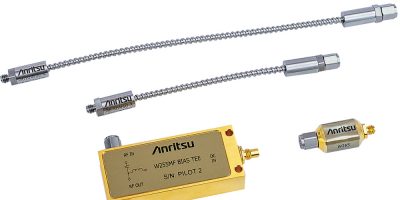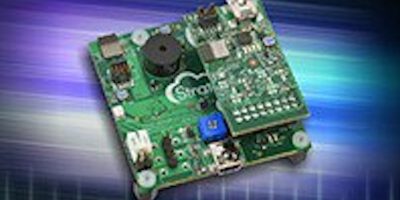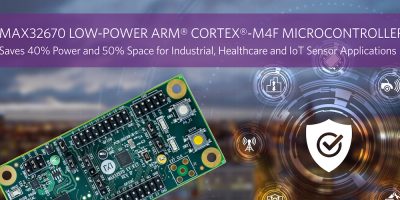110GHz components have been added to Anrtisu’s W1 range. The bias tees, DC block and semi- rigid cables are intended to help create test environments to more accurately verify mmWave and optical designs, says the company.
The new components to the W1 (1.0mm) range provide broadband frequency scalability in high-frequency device characterisation and optical networking applications. The new W1 components provides Anritsu with the broadest millimeter wave (mmWave), coaxial component portfolio in the market, claims the company. The components can integrated in test systems for high-speed designs. Anritsu claims that no other company has a more complete set of 110GHz components for frequency and time domain use.
With operable frequency of DC to 110 GHz, the new components generate metrology-grade quality results with high repeatability, often providing a component where conventional devices do not exist. For example, the W1 coaxial interface allows for a direct connection to the instrument test port, which saves time and simplifies system setup.
The new components can be used as part of a test system consisting of 110GHz vector network analysers (VNAs), oscilloscopes and bit error rate testers (BERTs), as well as for optical transceivers, laser diodes, photodiodes and optical modulators. Development of switches and routers using NRZ and PAM4 modulation schemes with 56Gbits per second and 112Gbits per second data rates and 800G technology are target applications.
Anritsu has been providing communications test and measurement solutions for 120 years, helping customers to develop wireless, optical, microwave/RF and digital solutions for R&D, manufacturing, installation, and maintenance applications, as well as multi-dimensional service assurance solutions for network monitoring and optimisation.
Anritsu also provides precision microwave/RF components, optical devices, and high-speed electrical devices for communication products and systems. The company develops products for 5G, M2M, IoT, as well as other emerging and legacy wireline and wireless communication markets.







